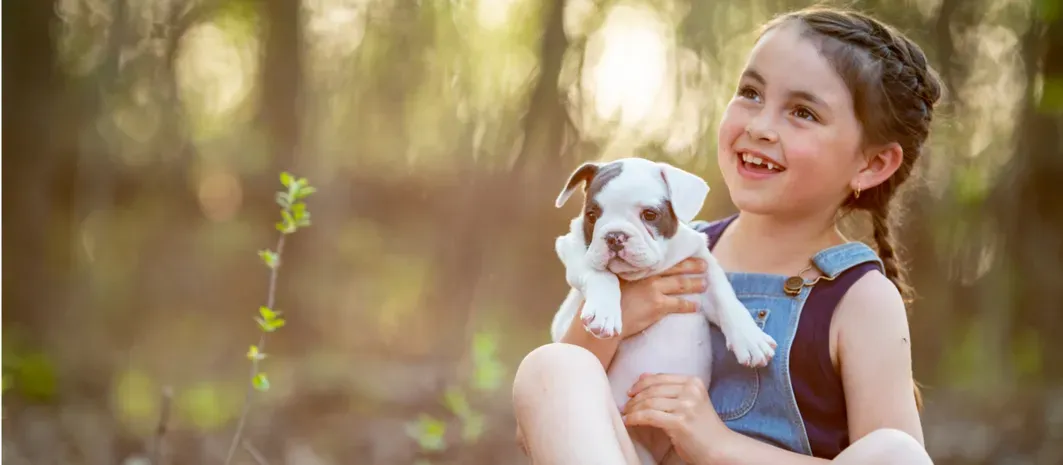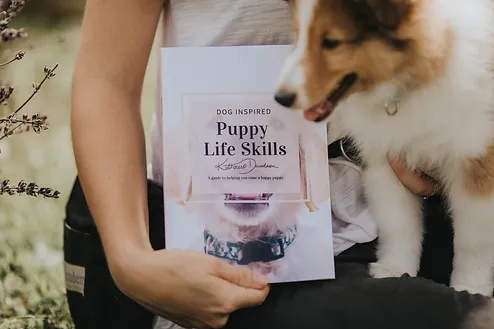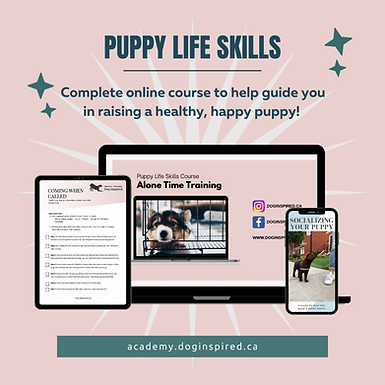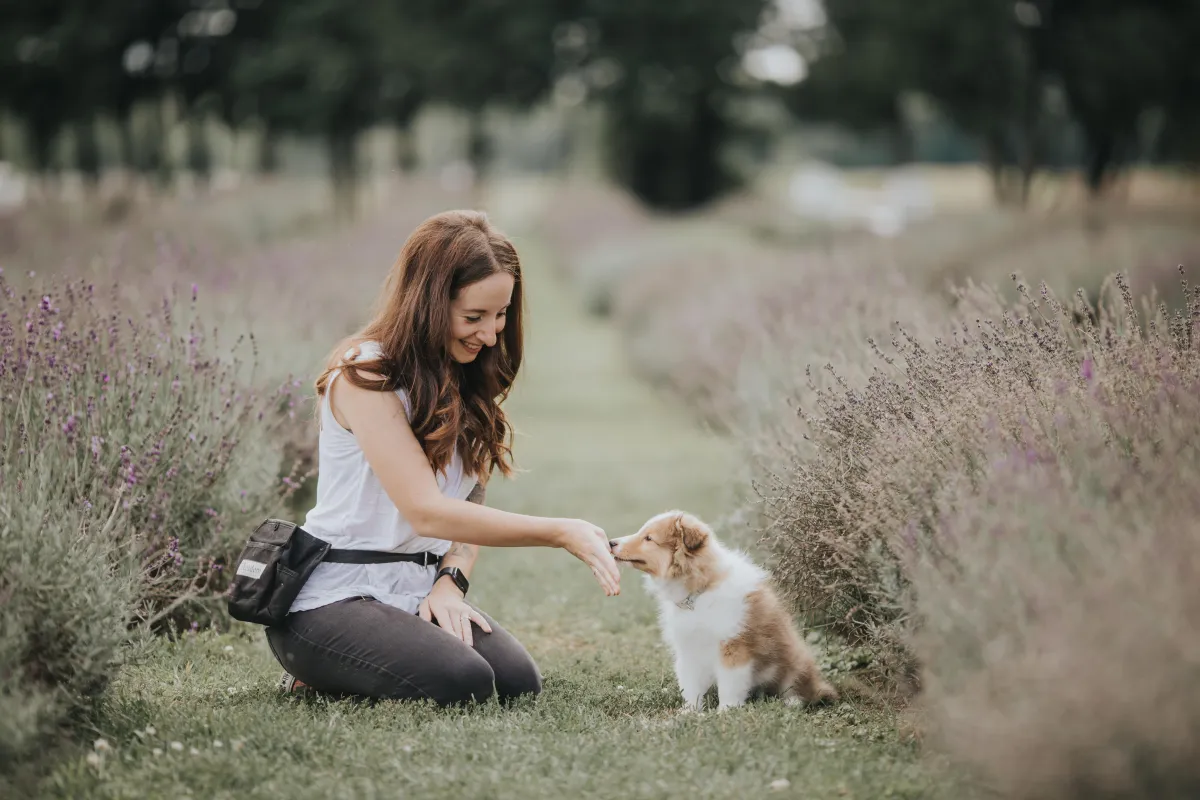Dog Inspired Blog
Guidance, Tips & Inspiration for Every Step of Your Dog’s Journey.

Introducing children and puppy
Introducing children and puppy
Positive introductions are such as important for the children as it is for a puppy. It needs to be done slowly with care to make sure everyone is comfortable.
Puppies and children alike can be rowdy, impulsive and lack manners. Developmentally, both are not capable of proper decision making and require an adult to guide and manage their interactions.
In today's post, I will be sharing important safety tips and a few appropriate ways for children to interact with a puppy. Let's dive in!

Safety tips for children and puppies
The first and most important point is safety, we want everyone to be and feel safe when they are together. Some children can have genuine fears of dogs and a puppy should not be forced onto them. Being able to observe the puppy from a safe distance with a reassuring adult makes all the difference.
#1: Keep puppy on leash for the initial meet and greet. This will prevent puppy from jumping up and rushing up to the child - which can be pretty scary. We want their interactions to be positive.
#2: There is always an adult in-between puppy and the child, especially children who are under 5 years old. Young children do not have the capability to manage a puppy if they bite or jump on them which is why an adult is always in the middle. With older children, an adult needs to be present and within close proximity to quickly intervene. Dogs and children should never be left unsupervised. As I mentioned, both are impulsive. Kids love to hug, while dogs not so much. Young children such as toddlers can be grabby and loud, just like how puppies are mouthy.
#3 Children need to be instructed on how to properly approach the puppy by an adult. We don't rush a puppy with a hug and we don't offer our hand to sniff (remember, puppies are mouthy and can bite). If your puppy is a biter, you can download my free Puppy Biting E-Book here. The best way to say hello is to tap on your leg as an invitation to the puppy to come to you. This will help the puppy feel safe, they can choose to say no if they are not ready, and also provides good instruction to children on how to say hello to a puppy (or dog!).
#4: No hugging the puppy. Dogs are not born loving to be hugged and restrained. It's something that needs to be taught as puppies. Forcing a puppy to be held can create a bad experience and therefore make them less tolerant to this type of interaction in the future. There are different ways to interact with a puppy that does not include hugging. To teach puppy to enjoy being hugged, we practice body handling. This is something I do in my group puppy classes, as well as my online course Puppy Life Skills.
#5 Learn to read dog body language. Understanding when a puppy is nervous, stressed and fearful will help you (the adult), manage the situation better. If you know the puppy is uncomfortable, we won't continue pushing the child onto the puppy, in the same respect that we don't force the puppy onto a scared child.
#6 Running children = chasing game. When kids are scared, they tend to run away and this will instigate puppy to chase them. It's not the puppy being bad or doing it on purpose but it triggers a natural instinct to chase, it's also how puppy's play. Keep puppy on a leash around a nervous child and instruct a child to stand still (act like a tree!) instead. Children constantly need reminders to "walk please!".
Now that's sorted, here are a few ideas on how kids can interact and play with a new puppy:
Play fetch and have 2 balls: this allows them to play with distance between each other and is less hands-on compared to games like tug.
Teach tricks such as sit, spin or "touch" their hand
Have an adult demonstrate how to pet the puppy using consent tests: Pet the puppy on the shoulder or on their back for 3 seconds and pause. During the pause, see what the puppy does. Do they come back from more pets? Or do they move away. This will give you a better idea on how puppy needs with this interaction. Keep in mind that puppies are VERY busy. If they are in a playful or energetic mood, they might be mouthy when pet.
Looking for resources on raising and training your new puppy? Check out our e-book and online course!



Let's Work Together
Whether you’re just bringing home a puppy or you’ve already started your service dog training journey, Dog Inspired is here to help you every step of the way.
Service Areas: Deux-Montagnes, St-Eustache, Laval, Montreal
